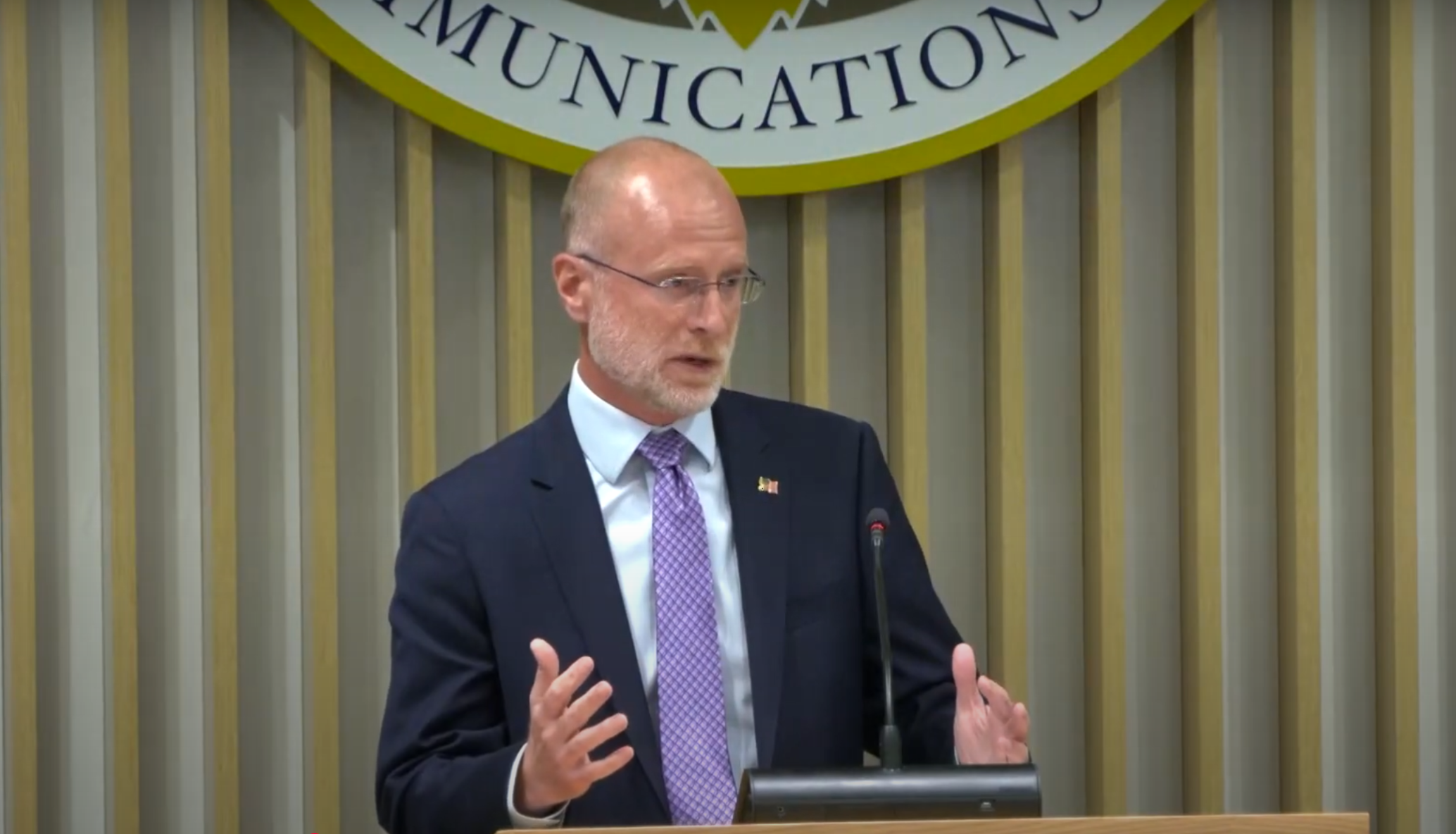Dolby introduces solution to inconsistent loudness
One on-going problem in master control is audio levels — that is program sound versus commercials. Of course advertisers want their messages to stand out, but it is a constant source of viewer annoyance. All broadcasters define a peak level, but it is the perceived loudness that is the problem. Some broadcasters also define meter reading for average levels, and in some territories, broadcasters have been fined for airing commercials at too high of a level.
Dolby Digital introduced the concept of dialog normalization, but not all broadcasters use Dolby Digital. The systems allow for dialog to be transmitted at the same level, whereas music and effects are free to range to higher and lower volumes.
In a different approach, at CES this week, Dolby introduced a new audio-processing technology called Dolby Volume that is designed to help broadcasters address the annoyances of inconsistent loudness in systems that do not carry dialog normalization data. It brings a fundamentally new approach by delivering consistent volume levels. It models how humans perceive audio to finally eliminate variable loudness when changing channels or programs, without disruptive audio artifacts. It also delivers a robust and vibrant audio experience at low volume by dynamically and automatically compensating for the human ear's lower sensitivity to bass and treble sounds as the volume level decreases. Dolby expects to commence delivery of Dolby Volume code to integrated circuit manufacturers early this year.
Receiver-side technology will not remove the importance from master control to control loudness or the need for dialog normalization, but it provides a simple solution for the viewer. By purchasing future receivers fitted with the Dolby Volume technology, they can tame the excessive levels however they are transmitted.
For more information, visit www.dolby.com.
The professional video industry's #1 source for news, trends and product and tech information. Sign up below.
